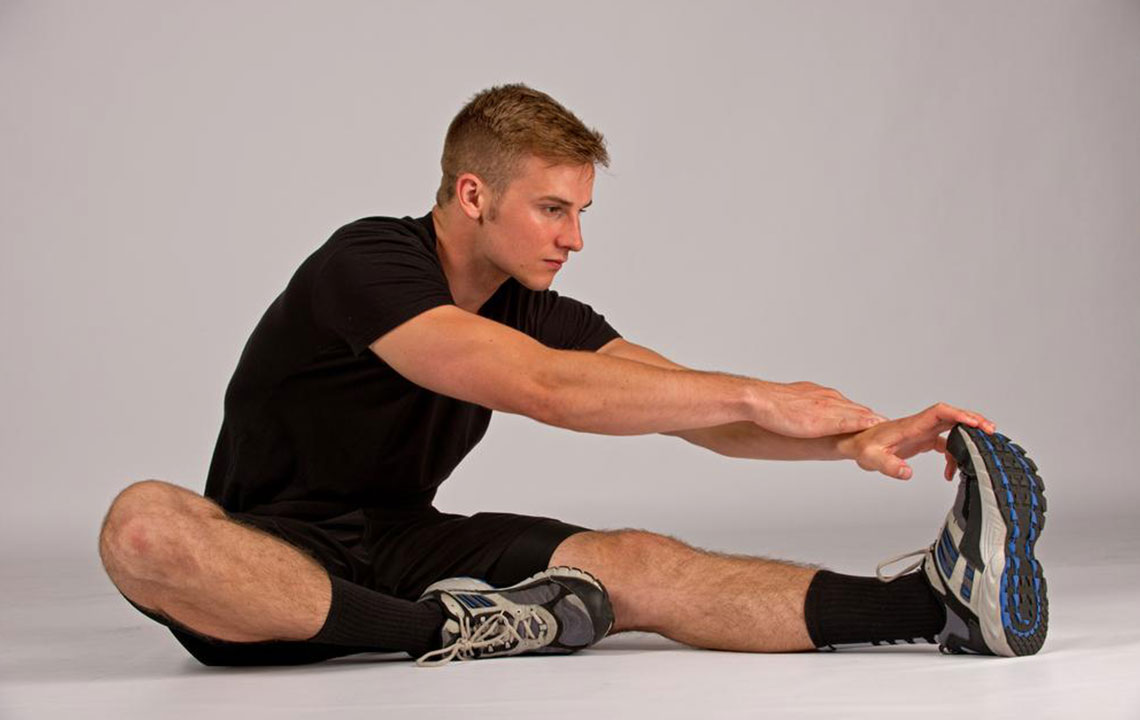6 Health Benefits of Kegel Exercises for Men

You’ve probably heard of Kegel exercises for women, but did you know about Kegel for men? Kegel for men is not a strange concept as it sounds. You can read on to know more. Kegel exercises were developed by an obstetrician named Dr. Arnold Kegel in the 1940s. Kegel exercise is also known as pelvic floor exercises. Kegel for men and women involve repeatedly constricting the muscles of the pelvic floor. Kegel exercises aim to improve the muscle tone of the pelvic floor muscles called the pubococcygeus muscles. These muscles are sometimes colloquially called kegel muscles, and help in controlling urination and defecation.
Kegel for men needs to be performed several times a day for at least a few months for noticeable effects. Kegel for men helps in improving sexual performance, urinary incontinence, treating prostate pain, and swelling.
How to perform Kegel for men
The first step to correctly performing Kegel for men is to identify the correct muscles. The easiest way to do this is to stop your flow of urine midstream. The muscles you use to do these are the pelvic floor muscles. Once you’ve identified your pelvic floor muscles, all you need to do is alternately contract and relax them. It can be done in any position and at any time; however, some beginners may prefer to start by performing Kegel exercises while lying down.
To do Kegel for men properly, you should follow the right technique. Contract the pelvic floor muscles and hold them in this position for three seconds before relaxing. Do this a few times and keep increasing the repetitions, as your pelvic floor muscles get stronger.
When doing Kegel exercises, make sure that you don’t contract other muscles such as muscle groups in the abdomen, buttocks, or thighs. Contraction of other muscle groups will diminish the effects of the Kegel exercises.
The best thing about Kegel for men is that these exercises can be performed anywhere whether you’re sitting at your desk at work or driving.
While doing Kegel exercises, remember not to hold your breath and don’t cross your legs. Breathe normally and keep the rest of your body relaxed.
It is advisable to do Kegel for men at least twice a day. For convenience, you can do one session in the morning and one at night. Each session should consist of at least 10–30 sets of contractions and relaxations to start with. Divide the contraction and relaxation into 5 seconds each.
Health benefits of Kegel for men
Kegel for men have just as many health benefits as Kegel exercises for women. These benefits include the following:
Faster recovery post prostate surgery
In men who have undergone prostate surgery either for prostate cancer tumor removal or for benign prostatic hyperplasia, Kegel exercises help reduce the chances of post-surgical urinary incontinence. In prostate surgery, there is a reduction in the resistance of the bladder. This leads to weakening of the urinary sphincter. Kegel exercises help to strengthen the pelvic floor muscles which improve the function of the urinary sphincter.
Treating premature ejaculation
Kegels for men help in controlling ejaculation. During sex, stronger pelvic floor muscles mean that you will be able to control and time your ejaculation.
Improving erections
Kegel exercises improve blood flow to the penis. This leads to bigger and longer-lasting erections. Regularly performing Kegel exercises can also help you get an erection faster due to the improved blood flow.
Improving the volume and force of ejaculation
Strong pelvic floor muscles improve the volume of ejaculation. Stronger muscles also mean that the semen is ejected with greater force.
Stronger orgasms
Similar to Kegel exercises for women, Kegel for men will improve your orgasms. The intensity will be improved due to stronger contractions during a climax. While controlling ejaculation so that they can achieve multiple orgasms.
Precautions to take while doing Kegels for men
Before you go overboard and overexert yourself doing Kegel for men, you should remember that too much of a good thing can be harmful. Overdoing the Kegel exercises can actually impede your pelvic strength and make your pelvic floor muscles weaker.
Give your body time to recover in between sessions, the same way you would do if you were working out any other muscles. Pace yourself while doing Kegel for men to see the best results. Excessive Kegel exercises will make you feel sore and uncomfortable and put unnecessary strain on your pelvic floor muscles.
If doing Kegel exercises makes your urinary incontinence, sexual issues worsen, or if the muscles start to hurt more than normal, consult a doctor for evaluation and further guidance.
Kegel for men is a great way to improve sexual performance while keeping your prostate healthy. Learn to do Kegel exercises properly for an overall healthy lifestyle.


